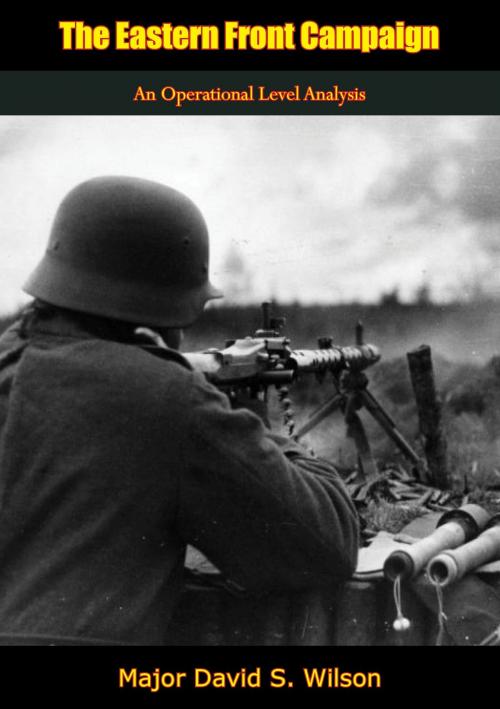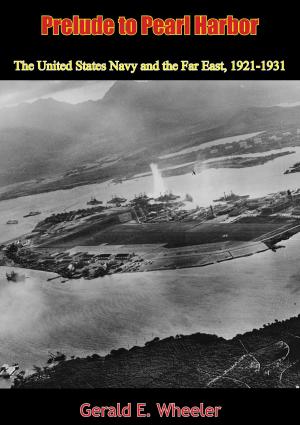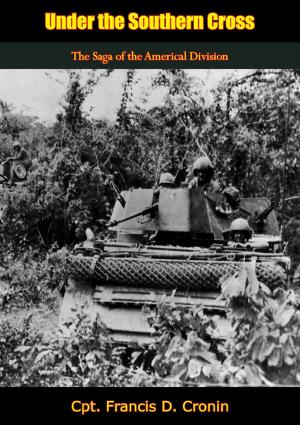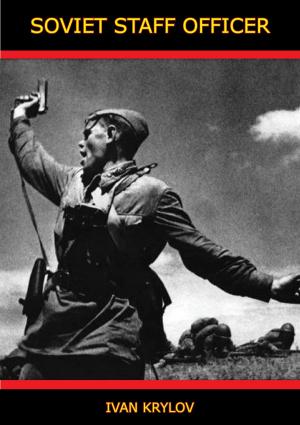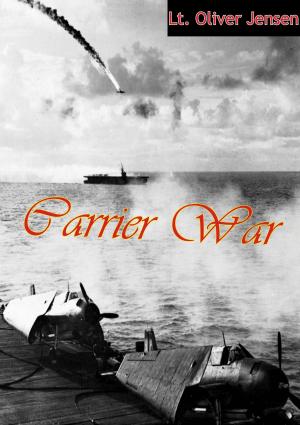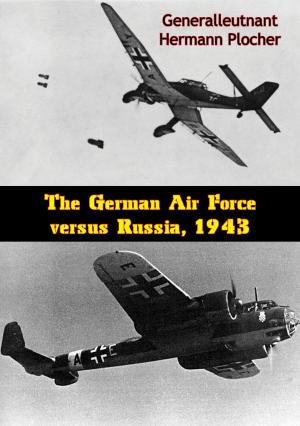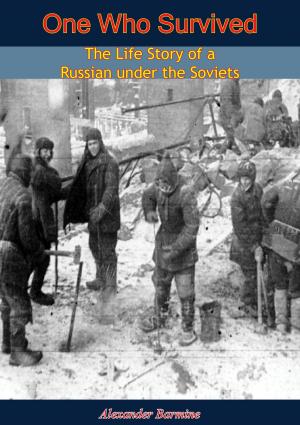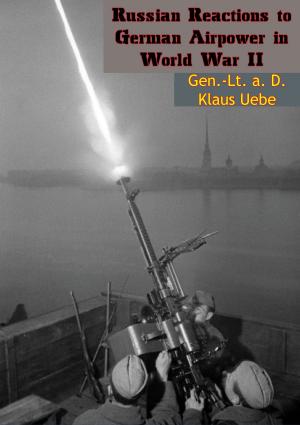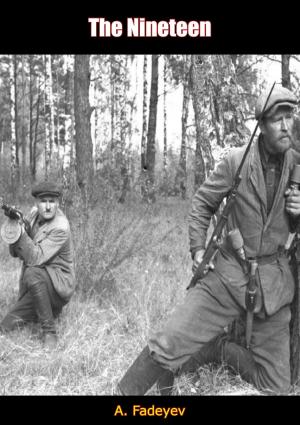The Eastern Front Campaign
An Operational Level Analysis
Nonfiction, History, Germany, European General, Military, United States| Author: | Major David S. Wilson | ISBN: | 9781789121933 |
| Publisher: | Eschenburg Press | Publication: | May 29, 2018 |
| Imprint: | Eschenburg Press | Language: | English |
| Author: | Major David S. Wilson |
| ISBN: | 9781789121933 |
| Publisher: | Eschenburg Press |
| Publication: | May 29, 2018 |
| Imprint: | Eschenburg Press |
| Language: | English |
The Eastern Front, 1941-1945, is one of the biggest and most decisive theaters of operation in modern history, and was the largest theater of war in World War Two. A total force of 9 million Germans and Russians battled on both sides with a combined strength of 590 divisions. Military losses approached 5 million German casualties, and 17 million Russian casualties. Altogether, both sides had an active strength of 13,000 tanks, 18,000 combat aircraft, and 50,000 artillery pieces. With the exception of the massive Allied Combined bombing campaign, the Allied effort of ninety-three divisions in Western Europe against seventy German division pales in comparison.
Another interesting point in the Eastern Front was initial nature of German operational maneuver, followed by the evolution of Russian operational maneuver. By 1944, the Russian Army had become experts on operational maneuver, and maximized the principals of war of mass, objective, offense, and maneuver. The German Army against an army four times its size eventually culminated, but not until after four years of intense fighting. Eighty percent of total German casualties were lost on the Eastern front, 4.7 million of 6 million casualties. Further, both sides lost an estimated 65,000 tanks and 60,000 combat aircraft, two-thirds being Russian.
The methodology of this analysis is chronological, based on the successive operational campaigns from June 1941 through May 1945. Each campaign lists the order of battle, and then the combat power using Lanchester equations (Frederich W. Lanchester) of military combat. In studying modern war, the Eastern Front is a case study in a maneuver oriented army versus a large attrition based army. With almost six hundred years’ worth of German divisional combat on the Eastern Front, valuable lessons can be learned in studying this theater of war.
The Eastern Front, 1941-1945, is one of the biggest and most decisive theaters of operation in modern history, and was the largest theater of war in World War Two. A total force of 9 million Germans and Russians battled on both sides with a combined strength of 590 divisions. Military losses approached 5 million German casualties, and 17 million Russian casualties. Altogether, both sides had an active strength of 13,000 tanks, 18,000 combat aircraft, and 50,000 artillery pieces. With the exception of the massive Allied Combined bombing campaign, the Allied effort of ninety-three divisions in Western Europe against seventy German division pales in comparison.
Another interesting point in the Eastern Front was initial nature of German operational maneuver, followed by the evolution of Russian operational maneuver. By 1944, the Russian Army had become experts on operational maneuver, and maximized the principals of war of mass, objective, offense, and maneuver. The German Army against an army four times its size eventually culminated, but not until after four years of intense fighting. Eighty percent of total German casualties were lost on the Eastern front, 4.7 million of 6 million casualties. Further, both sides lost an estimated 65,000 tanks and 60,000 combat aircraft, two-thirds being Russian.
The methodology of this analysis is chronological, based on the successive operational campaigns from June 1941 through May 1945. Each campaign lists the order of battle, and then the combat power using Lanchester equations (Frederich W. Lanchester) of military combat. In studying modern war, the Eastern Front is a case study in a maneuver oriented army versus a large attrition based army. With almost six hundred years’ worth of German divisional combat on the Eastern Front, valuable lessons can be learned in studying this theater of war.
